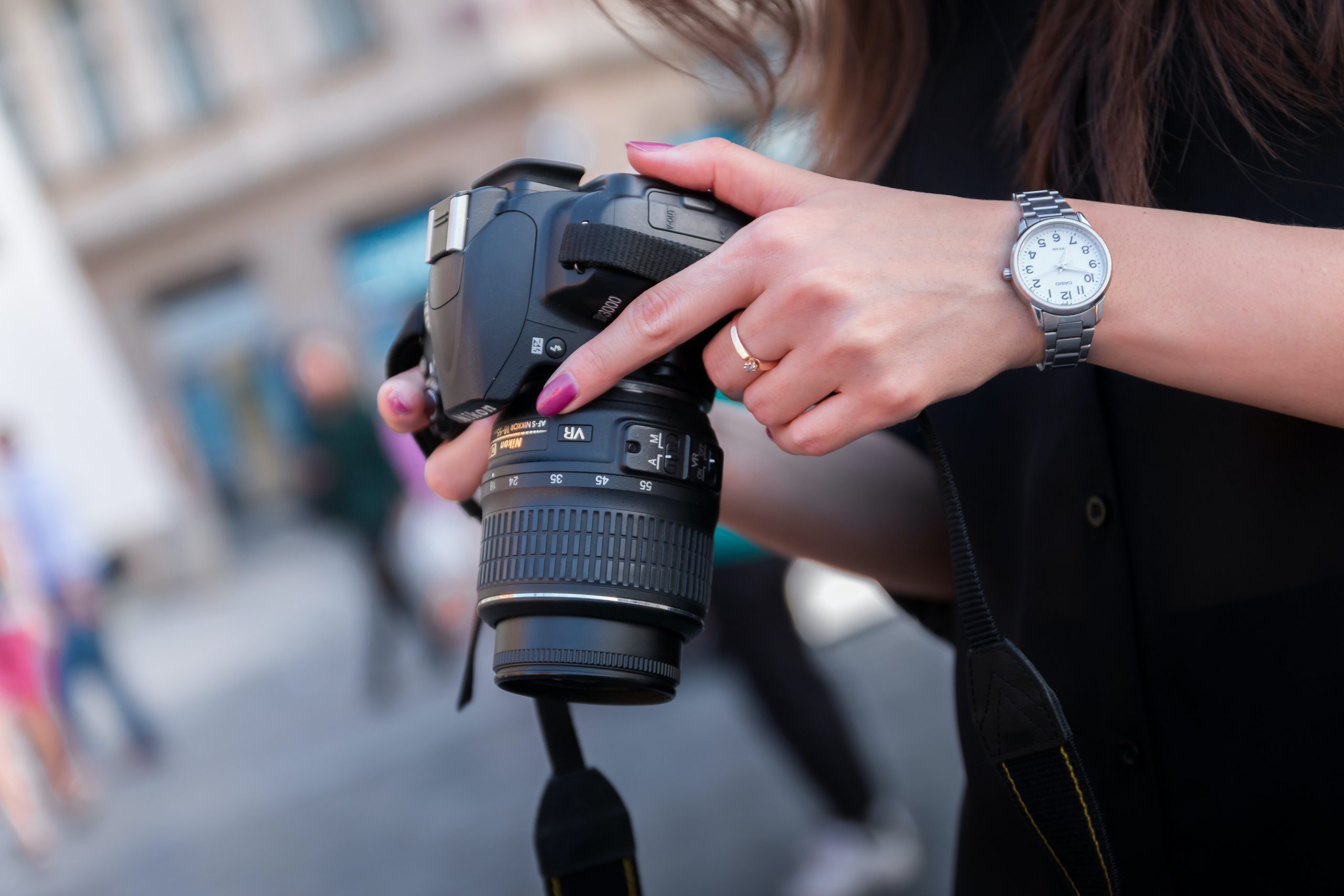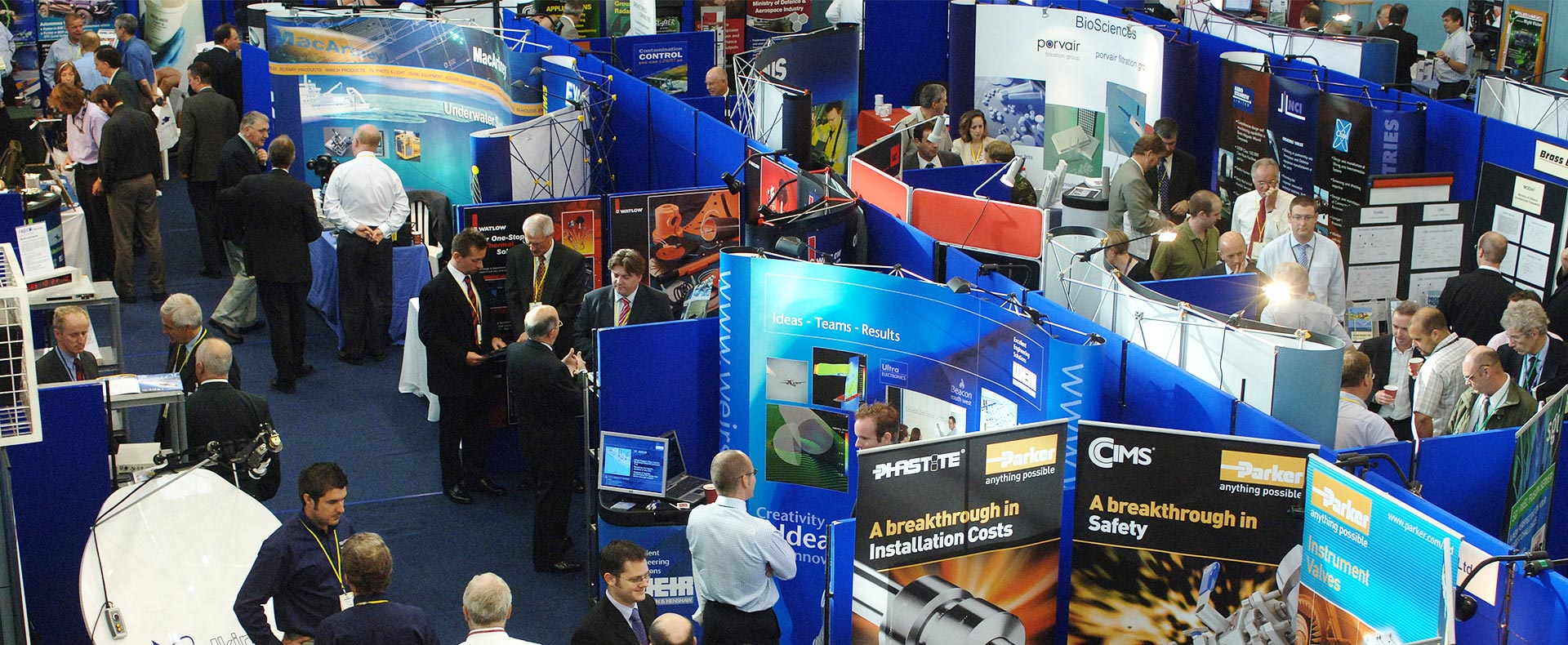Photography’s Great Megapixel Debate

Photography has been revolutionized by digital technology over the last two decades, with improvements in megapixel counts allowing more and more detail to be squeezed out of portable cameras.
Even smartphones can feature cameras with sensors that can capture images of over 10 megapixels. Some specialist handsets, such as the PureView range from Nokia, have even pushed mobile photography to 41 megapixels.
But the question that savvy consumers need to ask is whether or not it is even sensible to judge a smartphone or standalone digital camera solely on the number of megapixels that are advertised on the exterior.
All too often the answer will be that megapixel count alone is not enough to indicate whether or not a camera is capable of taking high-quality images. Instead, a combination of other factors must be considered while ignoring the megapixel arms race that has been raging for years.
Professional Concerns
The allure of megapixels does make a lot more sense in the world of professional photography as well as when deployed for scientific purposes. So people looking to hire people such as Nick Rutter Sopley Mill wedding photographer will want to make sure that the person has the right kit to capture special events.
Even with people debating the importance of megapixels, they remain a popular selling point for standalone products. And this year Canon announced the release of the world’s only DSLR camera to sport a sensor with a full 50-megapixel resolution.
The EOS 5DS currently holds the title of the highest-resolution model currently available commercially. And as well as having a big megapixel count plastered on the box, it is also capable of recording full HD video while also shooting still images at up to five frames a second.
Star Power
Cameras that are available to buy can only go so far in terms of detail, which is why bespoke units need to be built for any projects that require a higher megapixel count. And at the moment, work is being carried out on a project to build a camera that will have a 3200-megapixel sensor, capable of capturing crystal-clear images of the night sky for scientific analysis.
The LSST project, which stands for Large Synoptic Survey Telescope, is not going to be completed for several years, with 2022 set as the year in which this camera will actually be put into service. But the designs are already in place to create this three-tonne assembly with thousands of megapixels of detail at its disposal.
Billions of stars and galaxies will be captured by the LSST over the course of a decade, with researchers pointing out that it will be the first time that a telescopic digital camera of this kind will be able to capture data on objects in the night sky on a scale that outnumbers the human beings currently alive on Earth’s surface.
So while megapixels may not be the deciding factor for consumers buying cameras, they make a big difference when it comes to capturing the vastness of space.



